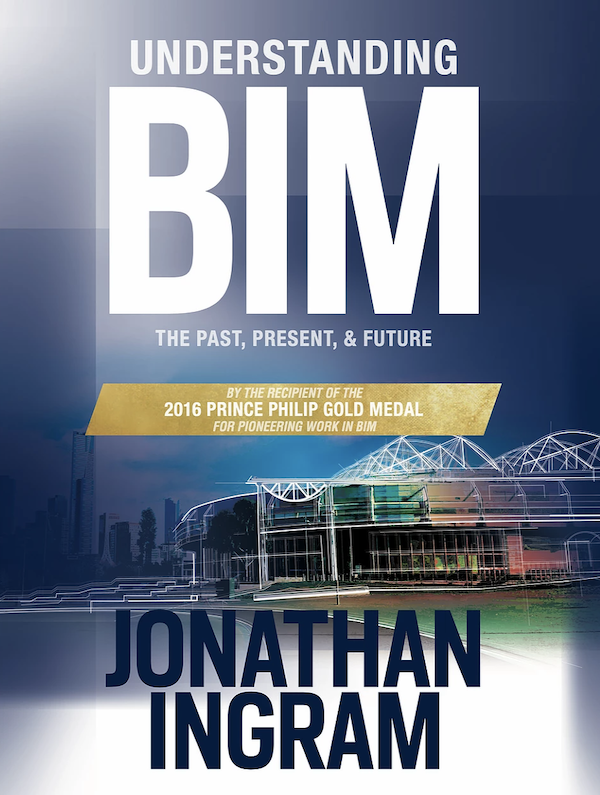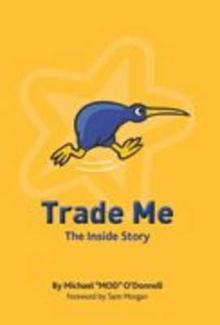Developing a brand new Product from scratch can be [or is] a daunting task. Especially when you have a big vision that you know is going to take significant time to develop but you need to get something to market quickly to ensure your idea has potential.
Nearly every development decision is a catch 22, where you know you can either do things the right way or the quick way but not both. You constantly need to juggle building good foundations while also delivering features that advance the product. No one likes to know they will need to rebuild things in the future but sometimes that is the trade off that needs to be made.
When you try to couple all of these requirements to a development approach there is no single perfect approach and what works for some won’t work for others.
It was therefore refreshing to read Shape Up – Stop Running in Circles andÂ
Ship Work that Matters by Ryan Singer
Anyone who has followed Basecamp will know that the founders are quite opinionated and always challenging the status quo. For example the following is an excerpt from the forward of the book:
For one, we’re not into waterfall or agile or scrum. For two, we don’t line walls with Post-it notes. For three, we don’t do daily stand ups, design sprints, development sprints, or anything remotely tied to a metaphor that includes being tired and worn out at the end. No backlogs, no Kanban, no velocity tracking, none of that.
Shape Up Forward by Jason Fried
The book makes some bold statements and a lot of their ideas can be challenged but overall it was very thought provoking and has a very constructive approach to product development. Based on the success of Basecamp the approach has certainly worked for them.
The approach won’t suit everyone and we for one have adapted some of their concepts and will continue to do so as we get a feel for how the process works.
One of the big things for me is that it empowers the developers and demoralises a lot of the decisions. At the same time giving them “uninterrupted time” and “longer cycles” means they have time to research, investigate and weigh the benefits of how to implement intended features. If they feel that solid foundations are required that’s up to them, but they are also clear on the deliverable expectations in ‘exchange’ for this freedom.
Time will tell how well it works for us, buts many of the concepts resonated with my personal experience and the start of a new year is a great time to try something new.



